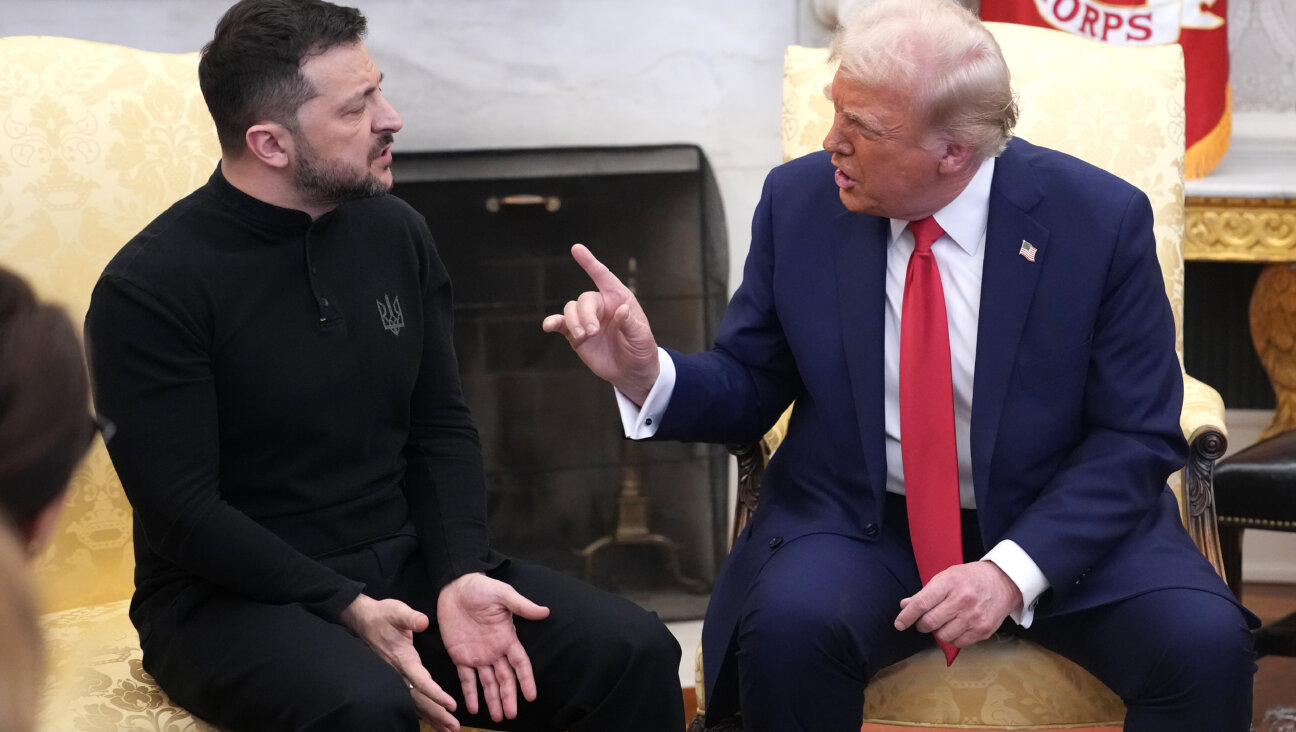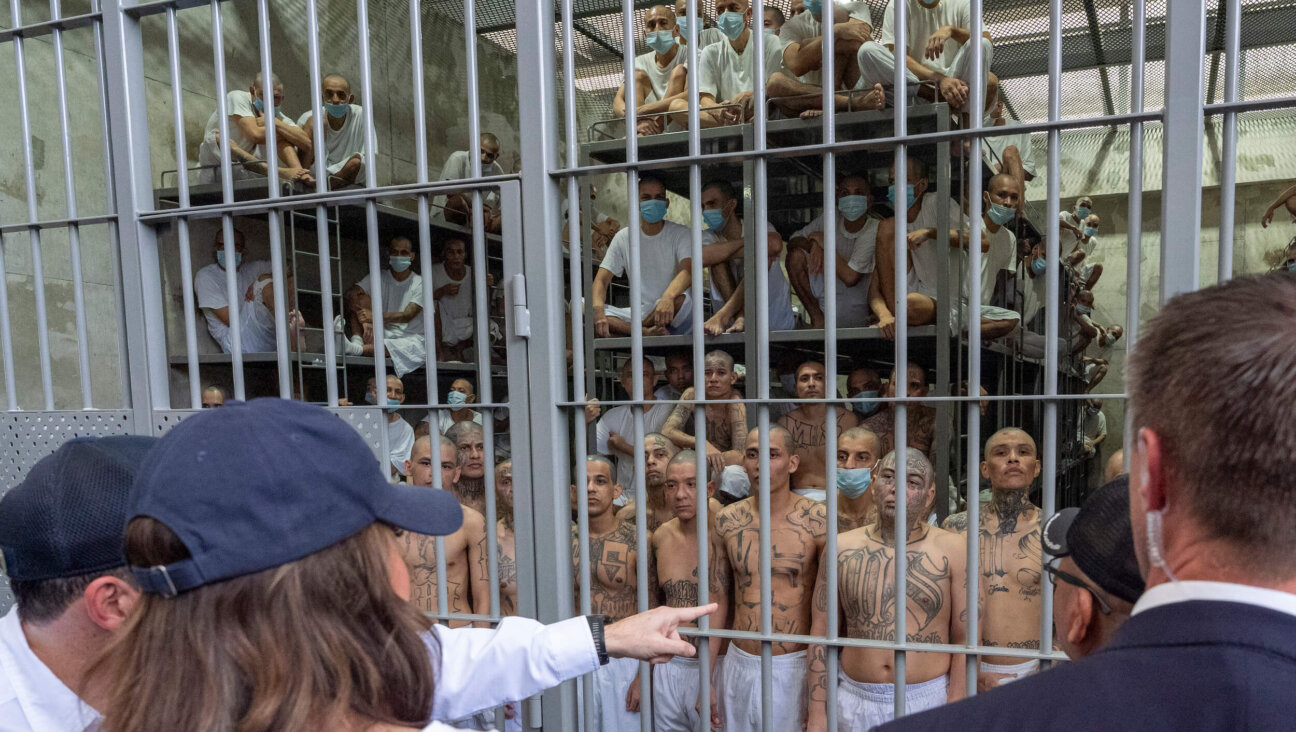Marrakech Expressions
Yes, I know there are important things, perhaps even cataclysmic things, happening in the world. But here in Marrakech their urgency somehow recedes.
A well-informed guide delights in a receptive client; ours is a fountain from which everything pours out: political history and art history, sociology and archeology, economics and agriculture, irrigation systems and theology. I drown in data on the dynasties, the wars, the conquests, the defeats, in seemingly endless and mindless succession, am wearied by it all, when suddenly it occurs to me that 500 and a 1,000 years from now, our times will seem no less mad, no less bloody, no less given to folly than the times of the Berbers, the Almoravids, the Almohads, the Wattasids and the rest. One weeps for the endlessness of it all, wonders whether peace is inherently veiled, slaughter our more common condition.
But slaughter feels quite distant here, at least for now. The other day, we ascended the supposed highest dune in the Western Sahara (I am traveling with a friend from Israel), there to watch the sun rise over the desert. The Sahara stretches for some thousands of miles. (Our guide was off for the morning, the question of how far the Sahara stretches forgotten when we reconnected). The only way to get to the top of the dune, unless you’re given to slogging through the sand for several hours, is on the back of a camel.
We arrive at the camel lot in the dark, having driven for half an hour or so over stone and sand in a Land Rover. There is a camel, someone urges me atop it, it rises, an apparition appears out of nowhere, takes the rope that is tied to the camel in his hand, and we are off. Mine is actually the second camel in our two-camel caravan, but in the far distance, we spot a real caravan of camels, or “the gathering light plays tricks” perhaps just a caravan of camel silhouettes, crossing the desert as people and their camels have crossed this desert for 2,000 or so years.
Mostly, however, I hold on as tightly as I can, my gaze fixed on the rear of the lead camel and on his spindly legs, which have somehow been engineered to negotiate this awkward terrain. At last, atop the dune, we dismount to rest a bit and absorb the expanse. The sun presumably rises on time, but the clouds obscure our view. Little matter: The sunrise can be seen almost anywhere; here the view is of timelessness.
Nothing had prepared us for the natural beauty of this country, a country the size of Spain. Here are the High Atlas mountains, with their extravagant gorges, there in the midst of the pre-Sahara wasteland is an oasis overflowing with date and walnut and olive trees, and another oasis, and yet another.
The French ruled Morocco for only 42 years, but their influence is everywhere, most noteworthy in language — very nearly everyone is entirely bilingual, French and Arabic — and in the network of roads and bridges. Marrakech was their preferred city, but even here it is mostly Andalusia one feels, by which one is seduced.
In Marrakech, the Katubia — the tallest minaret here — is an astonishment, its unrestored 12th-century architecture and engineering, the delicacy of its filigreed stone design, breathtaking. The minarets were built so high, and, unlike cathedrals, no narrower at the top than at the base so that the muezzin’s call to prayer could be heard afar. (These days, the call comes at the appointed five times each day via loudspeakers atop the minaret; the muezzin need not and, I am told, does not, climb the stairs.)
Everywhere one turns in this splendid city of a million and a half people or more, the riot of mosaic and stonework and pottery and silver and brass, the elegantly carved wooden doors in even the neglected alleyways, are testament to people of exquisitely refined sensibility.
The Jews were important here. They came, with the Arabs, after both were expelled from Spain in 1492, and the arrival of the two marked the beginning of a renaissance for all Morocco — Marrakech not least. Today, just 700 or so Jews remain in Marrakech, the others long since gone, to Israel, to France, elsewhere. We visit a synagogue and just beyond it, an enormous cemetery, its oldest stones going back some hundreds of years, more than a few of very recent, even current, vintage. It is the same cemetery Elias Canetti described in his lovely “The Voices of Marrakech” a generation ago, but it is no longer quite the field of rubble he saw; philanthropists have seen to its still incomplete restoration. The engraved inscriptions — mostly Hebrew, now and then French — speak of the faithfulness of the deceased, of their modesty, their purity, their learning.
Snake charmers and beggars, acrobats and fiddlers and trained monkeys, nomads — real nomads — and tourists, traffic that petrifies the newcomer with cars and buses and bicycles and motor scooters and donkeys sharing the roads and somehow avoiding each other, few horns blaring, a people evidently of remarkable patience, children as numerous as the swooping and startling swallows.
I am aware that these are restless times, and I am always alert, but nowhere in all this land do I sense danger, experience menace, not even in the deepest parts of the endless souks. Still, not a day goes by we do not hear a reference to last May 16, the day of the terrorist attack in Casablanca, its targets mostly Jewish, a day when faraway terrorism assaulted this nation’s tourist industry as also its good-natured calm. And so at every Jewish site — school, synagogue, cemetery — there are soldiers and police. Alas, this is the urgent world, timeless in its timeliness, not only in its sands but also in its streets.
Leonard Fein’s most recent book is “Against the Dying of the Light: A Father’s Story of Love, Loss, and Hope” (Jewish Lights, 2001).
The Forward is free to read, but it isn’t free to produce

I hope you appreciated this article. Before you go, I’d like to ask you to please support the Forward.
Now more than ever, American Jews need independent news they can trust, with reporting driven by truth, not ideology. We serve you, not any ideological agenda.
At a time when other newsrooms are closing or cutting back, the Forward has removed its paywall and invested additional resources to report on the ground from Israel and around the U.S. on the impact of the war, rising antisemitism and polarized discourse.
This is a great time to support independent Jewish journalism you rely on. Make a gift today!
— Rachel Fishman Feddersen, Publisher and CEO
Support our mission to tell the Jewish story fully and fairly.
Most Popular
- 1
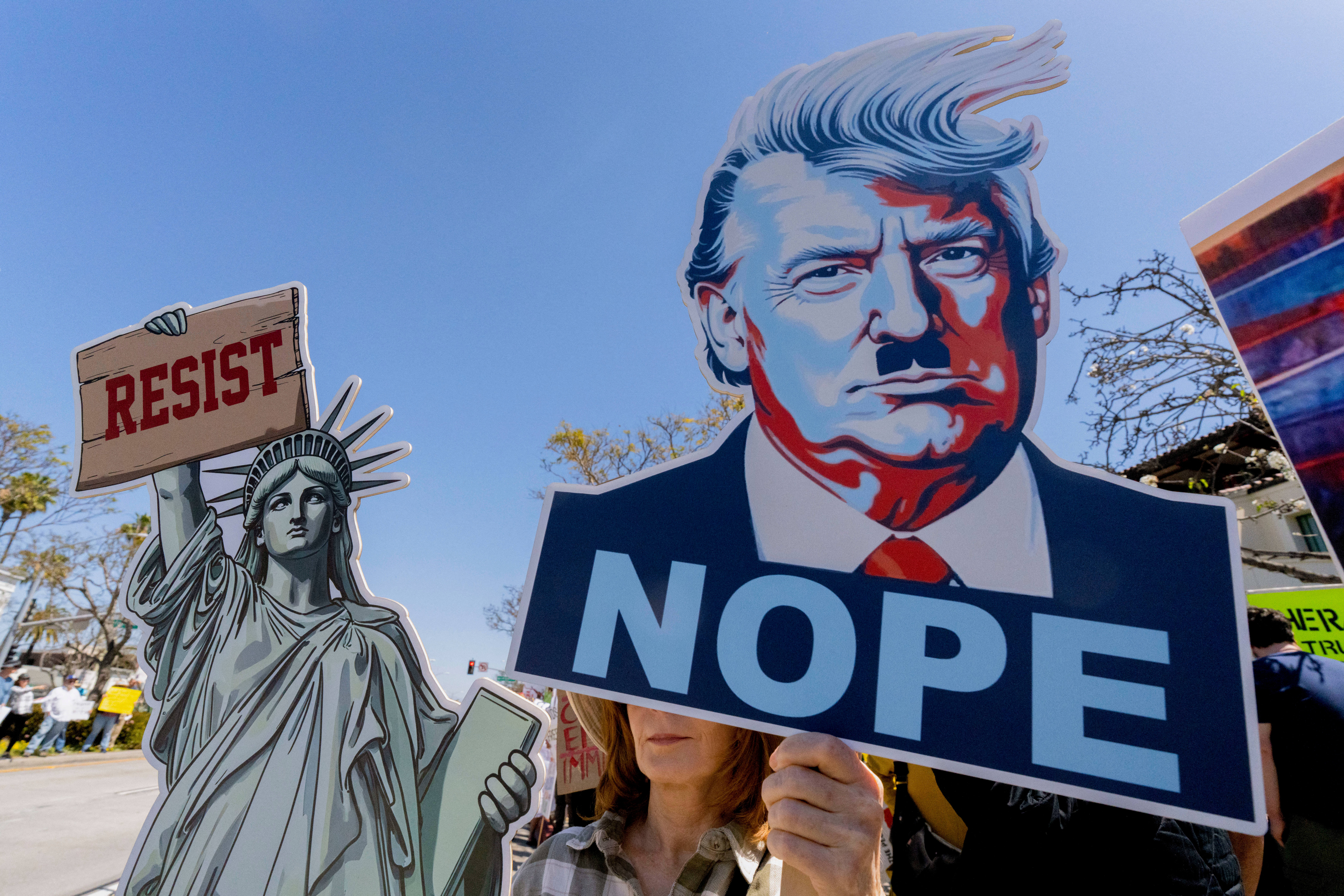
Opinion The dangerous Nazi legend behind Trump’s ruthless grab for power
- 2
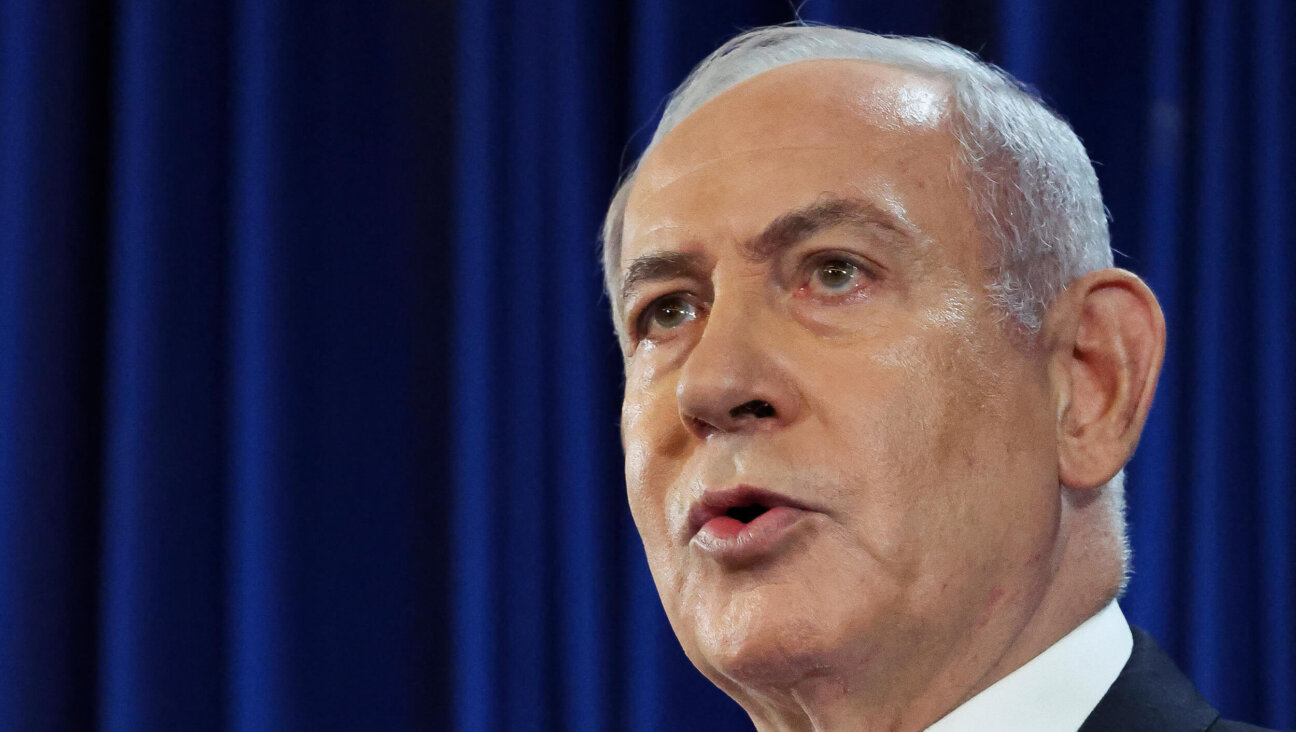
Opinion I first met Netanyahu in 1988. Here’s how he became the most destructive leader in Israel’s history.
- 3

Opinion Yes, the attack on Gov. Shapiro was antisemitic. Here’s what the left should learn from it
- 4

News Who is Alan Garber, the Jewish Harvard president who stood up to Trump over antisemitism?
In Case You Missed It
-
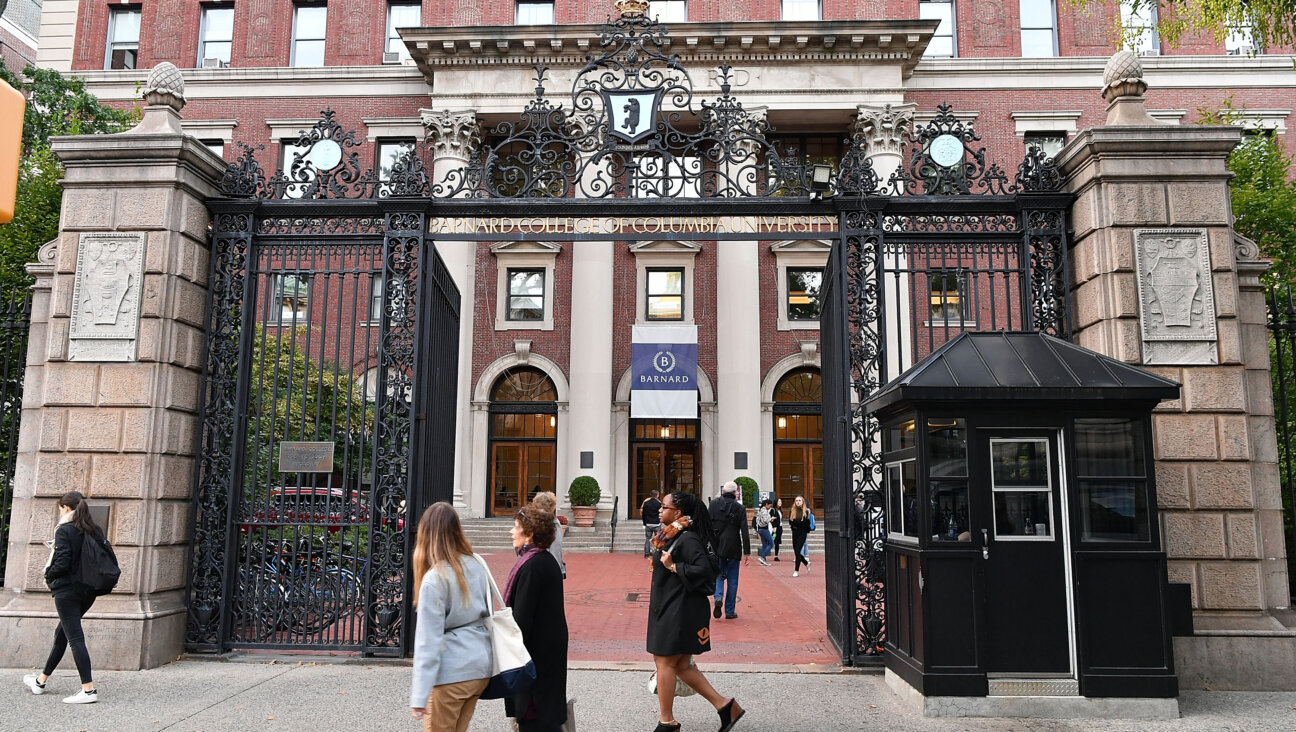
Fast Forward A federal agency survey reportedly asks Barnard employees if they’re Jewish
-
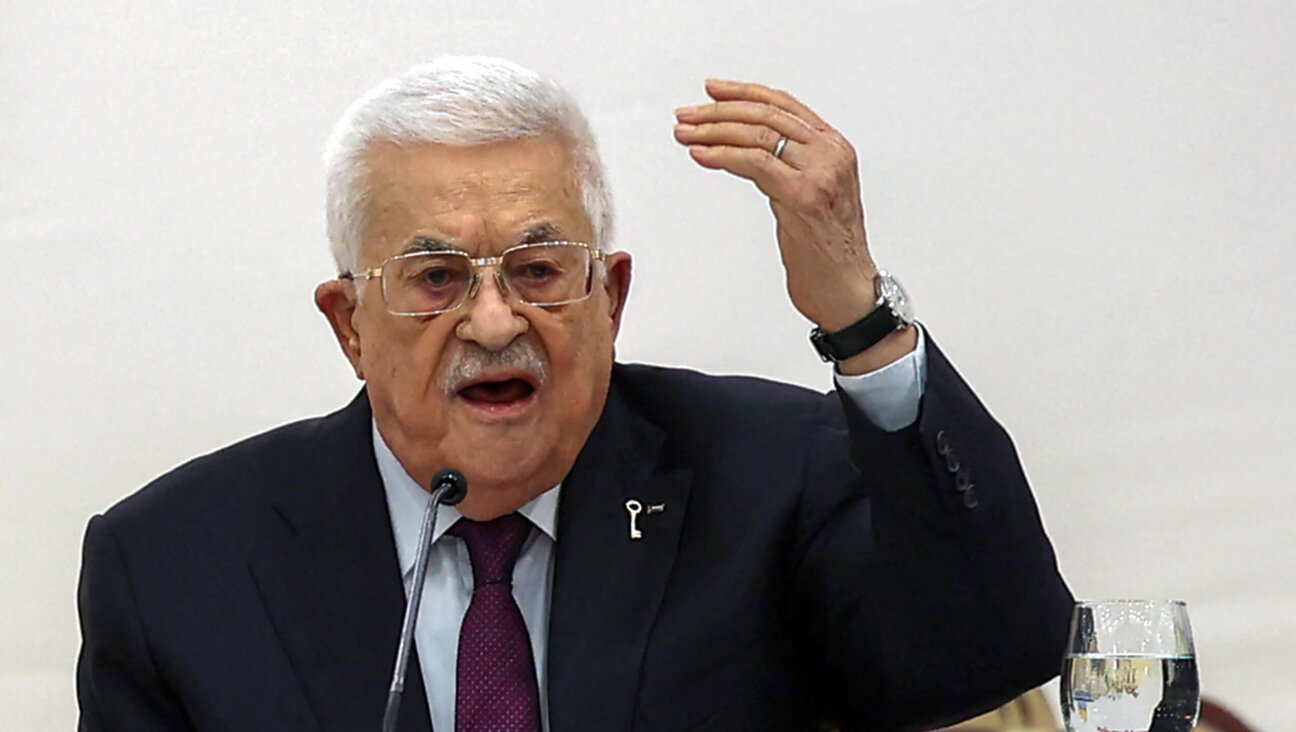
Opinion A Palestinian leader just gave Trump an unprecedented opening to pursue peace
-
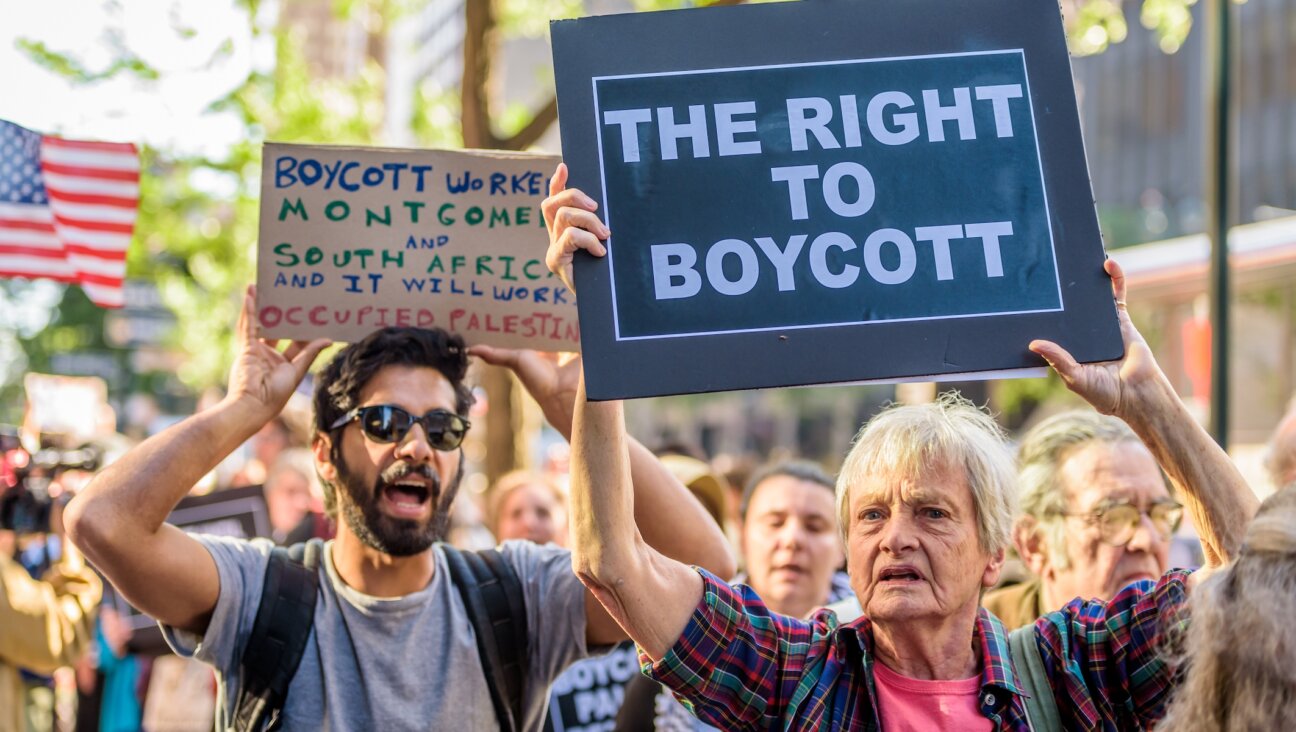
Fast Forward NIH bans grants for schools that boycott Israeli companies
-
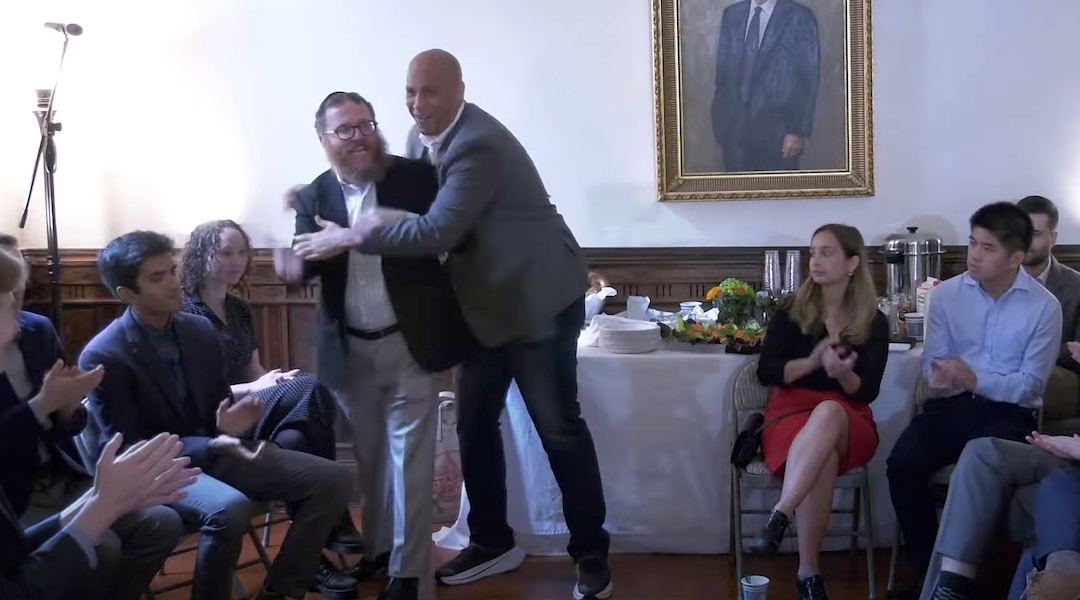
Fast Forward An elite Jewish society at Yale fractures over its director’s embrace of Itamar Ben-Gvir
-
Shop the Forward Store
100% of profits support our journalism
Republish This Story
Please read before republishing
We’re happy to make this story available to republish for free, unless it originated with JTA, Haaretz or another publication (as indicated on the article) and as long as you follow our guidelines.
You must comply with the following:
- Credit the Forward
- Retain our pixel
- Preserve our canonical link in Google search
- Add a noindex tag in Google search
See our full guidelines for more information, and this guide for detail about canonical URLs.
To republish, copy the HTML by clicking on the yellow button to the right; it includes our tracking pixel, all paragraph styles and hyperlinks, the author byline and credit to the Forward. It does not include images; to avoid copyright violations, you must add them manually, following our guidelines. Please email us at [email protected], subject line “republish,” with any questions or to let us know what stories you’re picking up.







